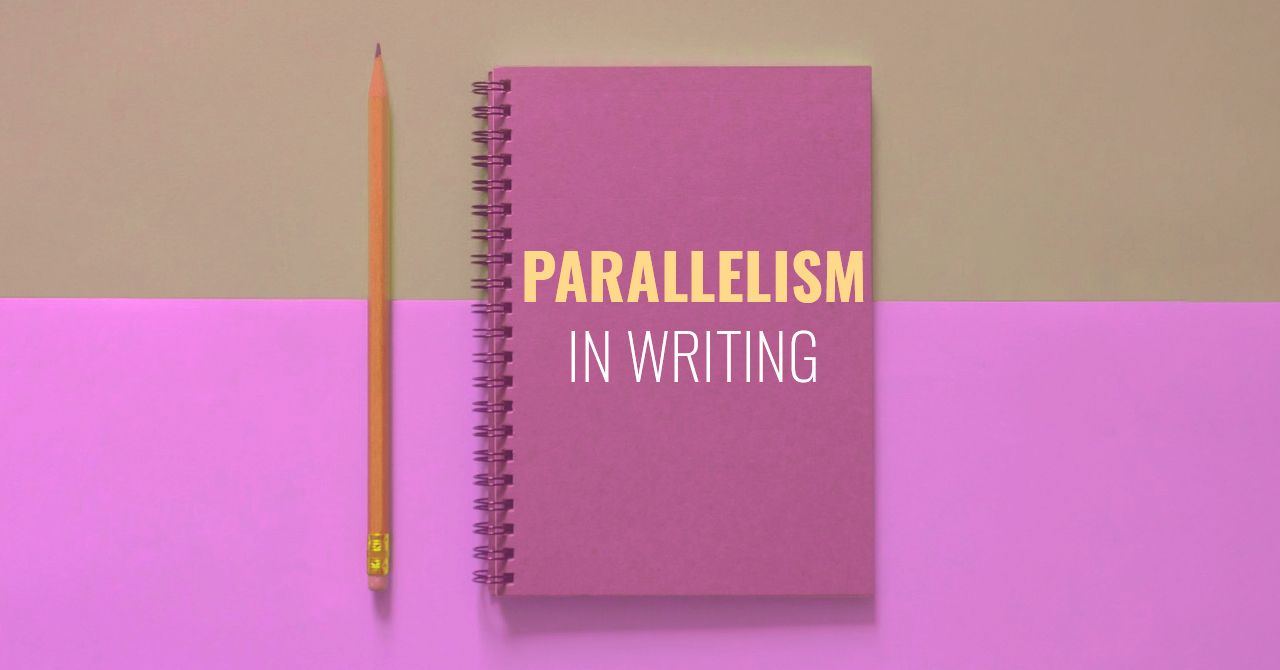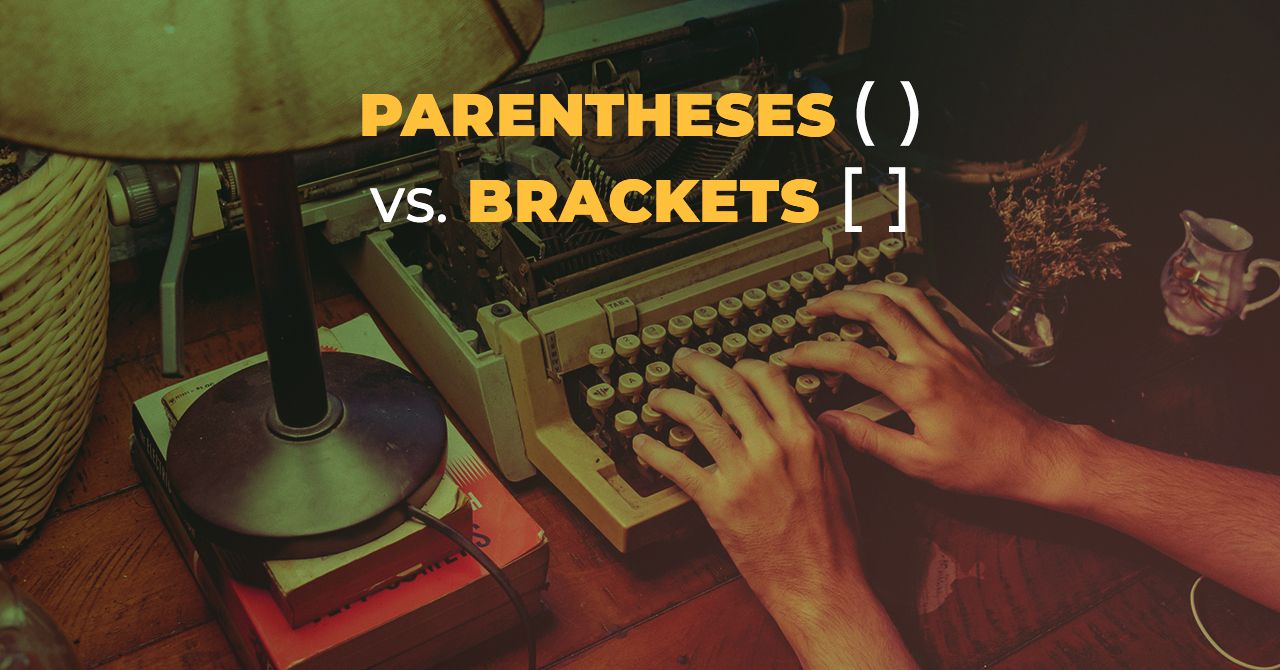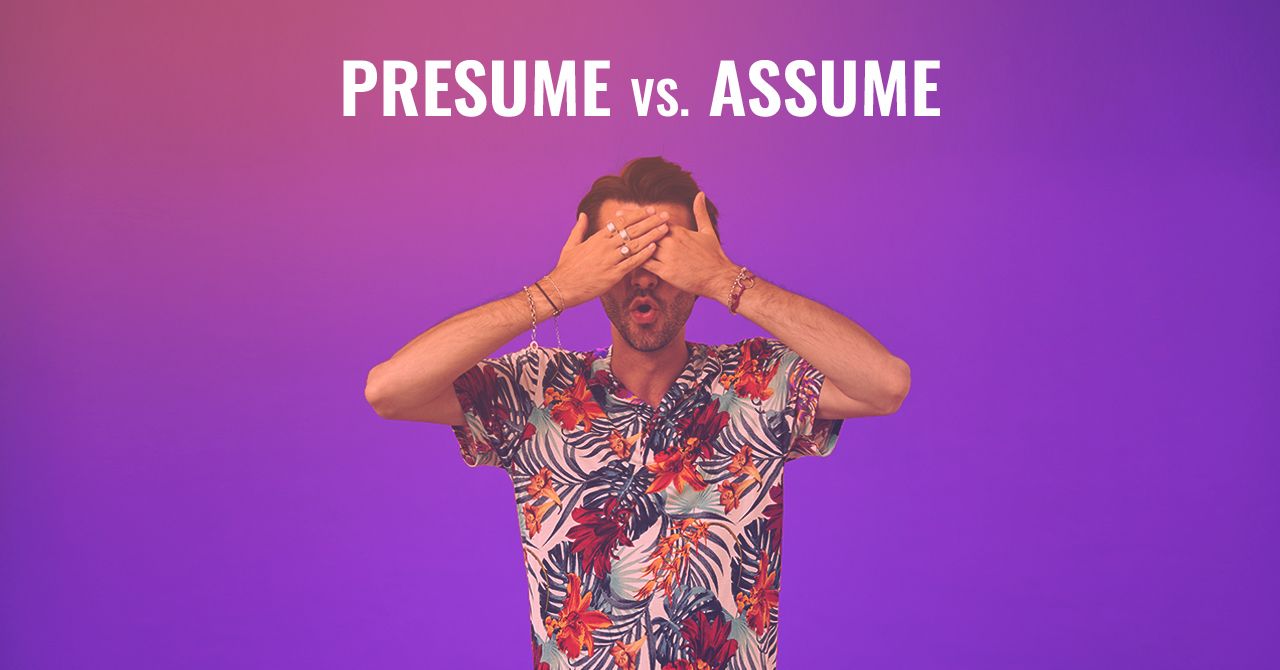
The Definition of Parallelism and Examples of Use
Parallelism is when a sentence contains phrases or clauses with the same grammatical structure. It is used to give a phrase rhythm, making it clearer and easier to understand.

When to Use Parentheses vs. Brackets in Your Writing
Brackets are punctuation marks used in writing and mathematics to enclose words, numbers, or symbols. The purpose of brackets is to separate the enclosed words and figures from the rest of the sentence or equation.

When to Use “Mins” or “Min” as an Abbreviation for Minutes
Although “mins” is a commonly used abbreviation for minutes, you should be aware that it is not correct for scientific use.

When to use “Aid” vs. “Aide” to talk about assistance and job titles
You may already be aware that “to aid” is a verb that means to provide help. “Aide” is a very different noun. It does not have a verb form and can never be used in the same context as aid.

How to know when to use the verbs presume vs. assume
Presume and assume are both verbs with similar meanings. They can both be used instead of the verb “to suppose” but cannot be used in the same contexts.

IRL Meaning And In Which Contexts to Use It
When trying to discern whether something is real or part of digital life only, you can use the abbreviation “IRL” which means in real life.

Is “Hanged” or “Hung” the Past Tense of the Verb to Hang?
English irregular verbs are challenging at the best times, with seemingly no logic and very few rules to follow. One prime example of this is the verb “to hang.”

When to use “Leery” or “Wary,” and what’s the difference between them?
Leery is an adjective used to show that someone or something is cautious or wary of another person or thing.